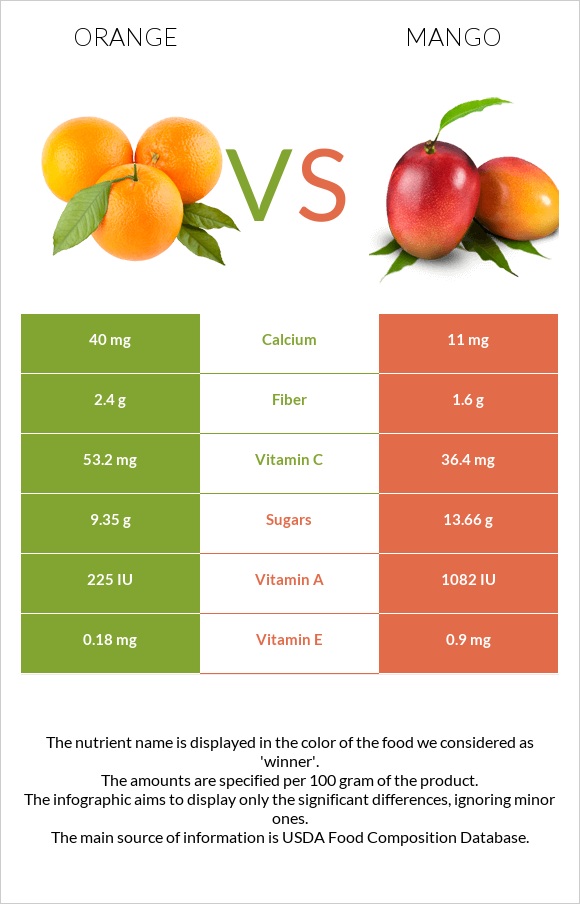K (potassium) has 2 electrons the the 1st energy level, 8 each in the 2nd and 3rd, and 1 electron in the 4th. How many electrons are in each energy level of potassium? First energy level - 2. Number of Neutrons: 20: Number of Electrons: 19: Melting Point: 63.65° C: Boiling Point: 774.0° C. A diet low in potassium and high in sodium can lead to high. Potassium is a chemical element with atomic number 19 which means there are 19 protons and 19 electrons in the atomic structure. The chemical symbol for Potassium is K. Potassium was first isolated from potash, the ashes of plants, from which its name derives. Macos sierra 10.12 1 dmg. Potassium Iodide is a metal halide composed of potassium and iodide with thyroid protecting and expectorant properties. Potassium iodide can block absorption of radioactive iodine by the thyroid gland through flooding the thyroid with non-radioactive iodine and preventing intake of radioactive molecules, thereby protecting the thyroid from cancer causing radiation. So if you look for potassium (symbol K in the periodic table), you will find that it has the atomic number of 19. This tells you that potassium has 19 protons and - since the number of protons is the same as the number of electrons- also 19 electrons. To find out the number of neutrons you have to look at the atomic mass or weight of the element.
Number Of Electrons In Potassium Atom
As you may know, atoms are composed of three different types of particles: protons, neutrons, which are found in the nucleus, and electrons which are found in the electron cloud around the nucleus. Protons and neutrons are responsible for most of the atomic mass. The atomic mass for protons and neutrons is the same. A proton has an atomic mass of 1 u (unified atomic mass). The mass of an electron is very small. Protons have a positive (+) charge, neutrons have no charge --they are neutral. Electrons have a negative charge (-). The number of protons and electrons is the same in a neutral (uncharged) atom.
How can you find out how many protons (= electrons) an element has? You look at the periodic table. In this table the elements are listed according to their atomic number. Hydrogen is the first element with an atomic number of 1. Now, the atomic number is also the number of protons in an element. It is always constant. (e.g., H=1, K=19, Ur=92). So if you look for potassium (symbol K in the periodic table), you will find that it has the atomic number of 19. This tells you that potassium has 19 protons and - since the number of protons is the same as the number of electrons- also 19 electrons.
To find out the number of neutrons you have to look at the atomic mass or weight of the element. This can also be found in the periodic table. It is the number under the element symbol. For potassium it is about 39. This means that the atomic weight is 39 for both protons and neutrons. Since we know that the number of protons is 19 we can calculate the number of neutrons (39 19) as 20.
Things can be a bit more complicated however. The same element may contain varying numbers of neutrons; elements that have the same number of protons but different numbers of neurons are called isotopes. Oxygen, with atomic number of 8, for example, can have 8, 9, or 10 neutrons. (The atomic number for oxygen is 8, and the atomic mass is 15.9994).
If you read the atomic weight for potassium it reads 39.098. This tells you that there must be some other isotopes for potassium. In fact, natural potassium has three isotopes with 20, 21 and 22 neutrons with the abundance of 93.26 %, 0.01 % and 6.73 % respectively.
More information can be found at this web site: periodic Just click on the elements.

 Click Here to return to the search form.
Click Here to return to the search form.Element K Protons Neutrons Electrons
